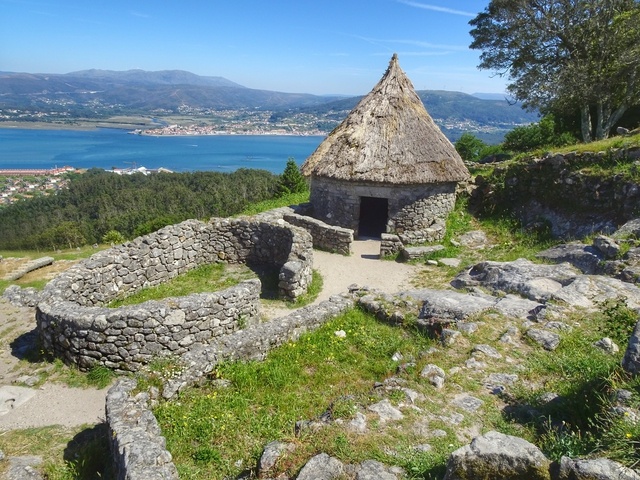Guillarei – Valença
28 May 2019 via CAMINO PORTUGUESE
Click here for a map of the walk along the Minho.

We travelled by bus from Tordesillas to Ourense where we spent the night and then by train which speed along the banks of the Minho to Guillarei .
From Guillarei to Tui and across the border to Valença in Portugal was on the Camino Portuguese, in reverse, 6.8 km in 1 hour 45 minutes. There were lots of pilgrims heading to Santiago. We had walked the Portuguese Camino years ago (click here) but remembered little of Tui or Valença, a walled city on the banks of the Minho River in Portugal. The city dates back to Roman times and its walls were first constructed in the 13th century.
There are many elaborately carved granite pillories, like the one on the left, in Galicia and northern Portugal.
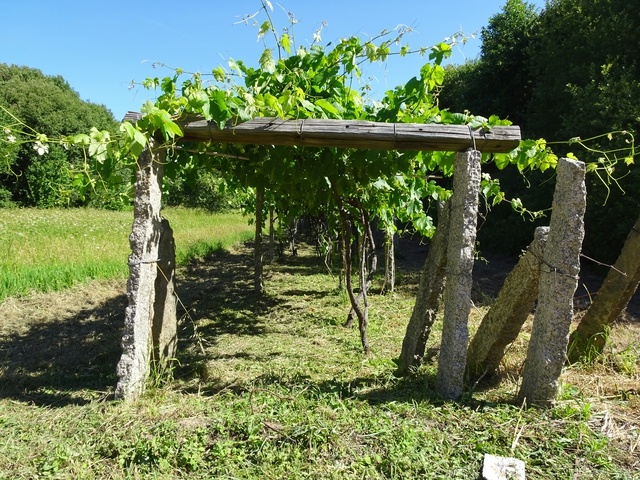
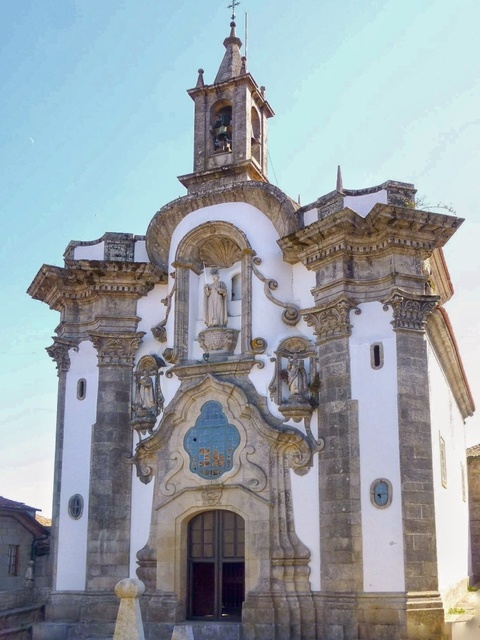
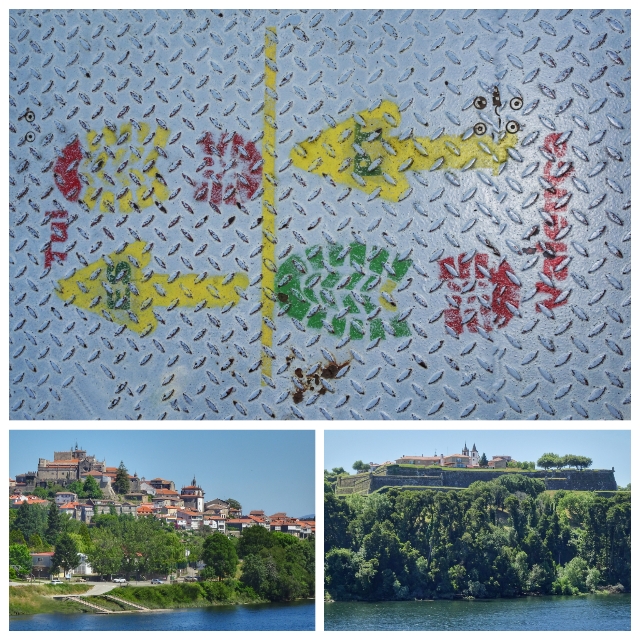
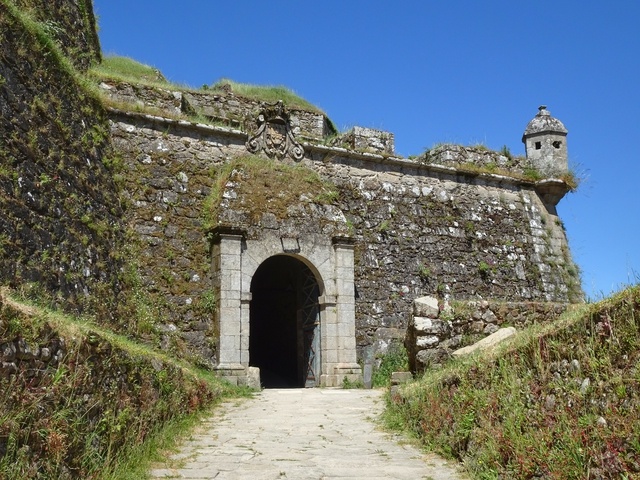

Valença – Vila Nova de Cerveira
29 May 2019 via MINHO RIVER
18.5 km, 4 hours 10 minutes along the Minho River. There’s an off road path almost all the way; very pleasant walking along the river. Vila Nova de Cerveira was founded in 1321 and the original castle remains, more or less deserted.
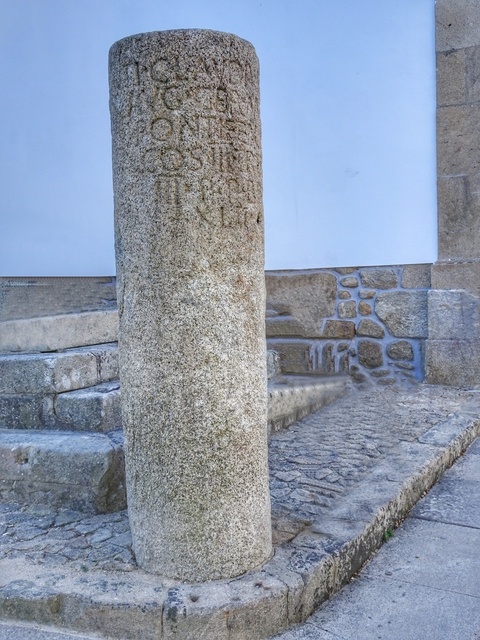

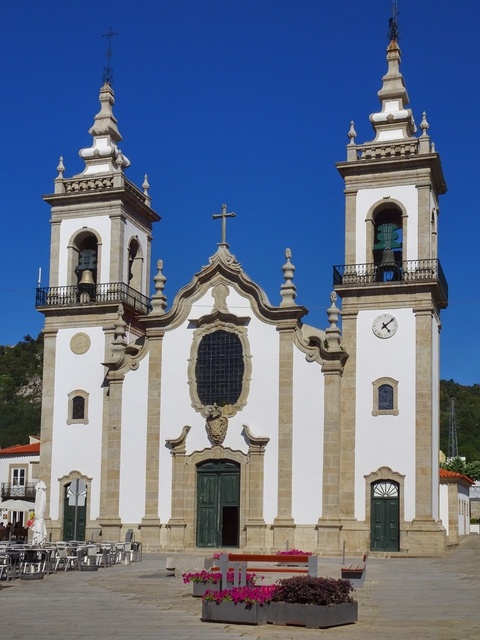
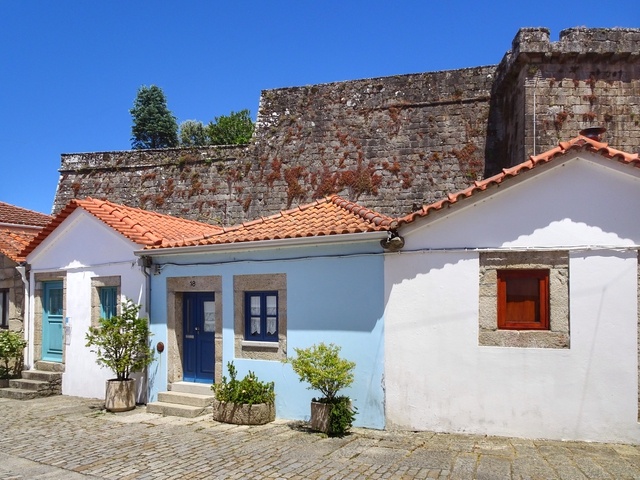
Vila Nova de Cerveira – Caminha
30 May 2019 via MINHO RIVER

Again we followed the Minho as closely as possible along the award winning Greenway path for 12.8 km, 3 hours 5 minutes to Caminha.
This is Vinho Verde (Green, as in young, Wine) country and we are taking every chance to try some. Light and fresh, slightly effervescent it’s perfect on a warm evening.
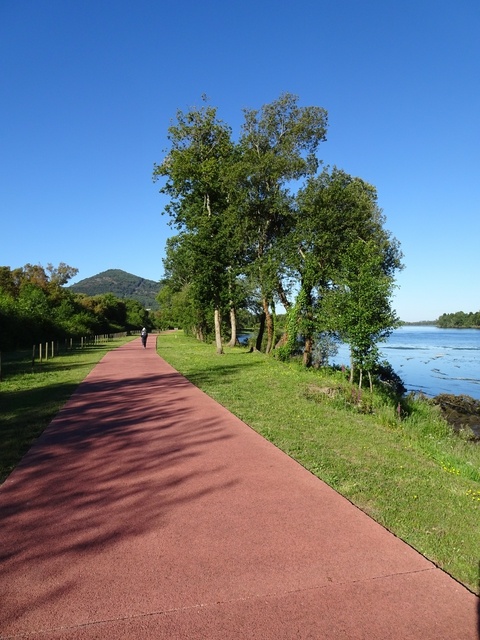
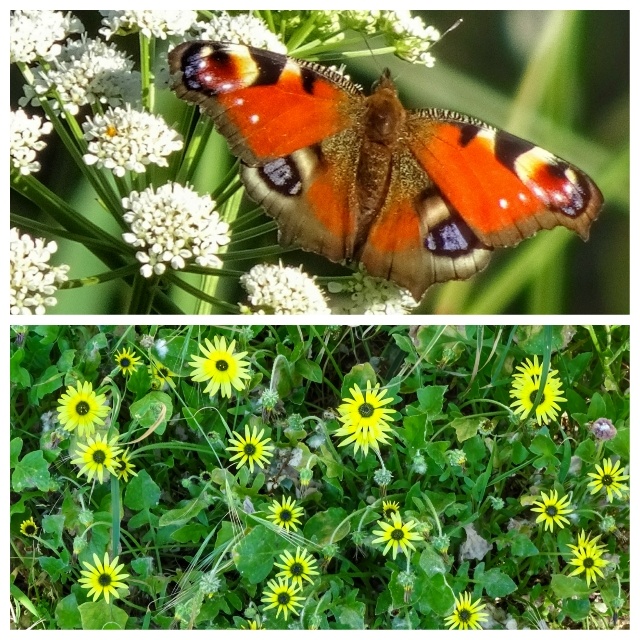
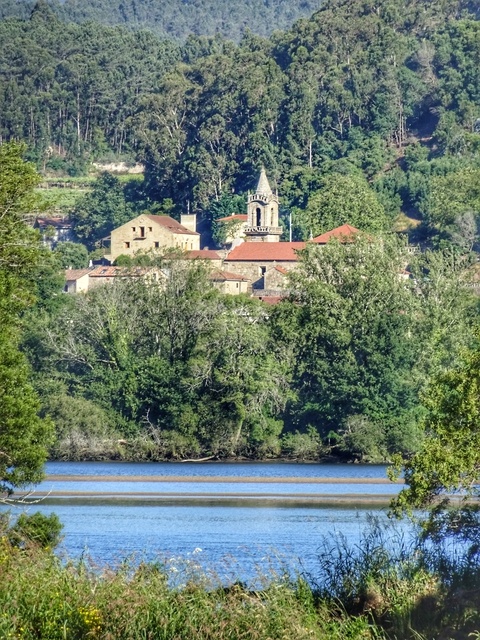
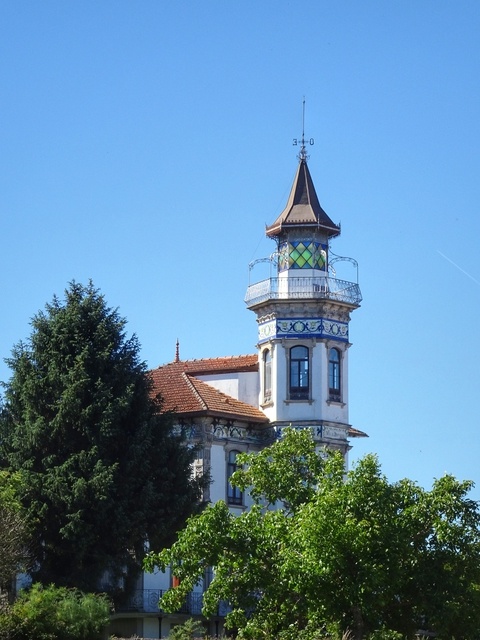
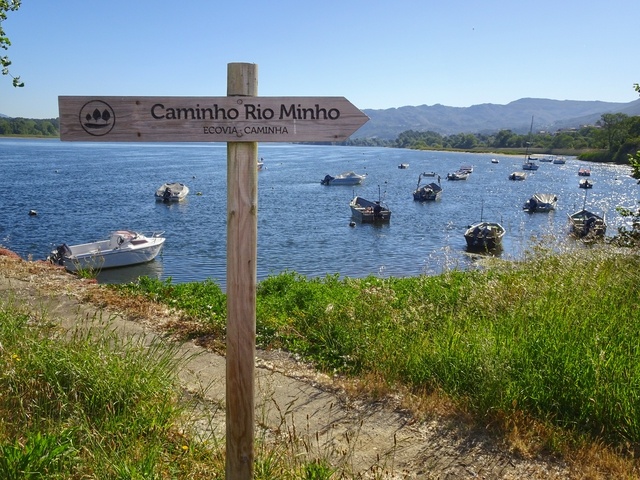
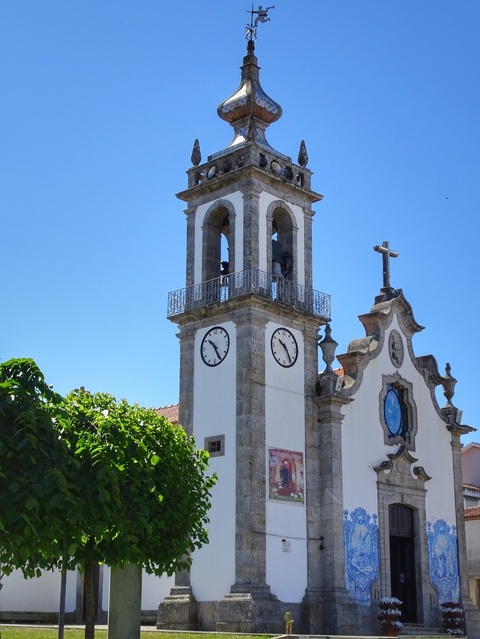
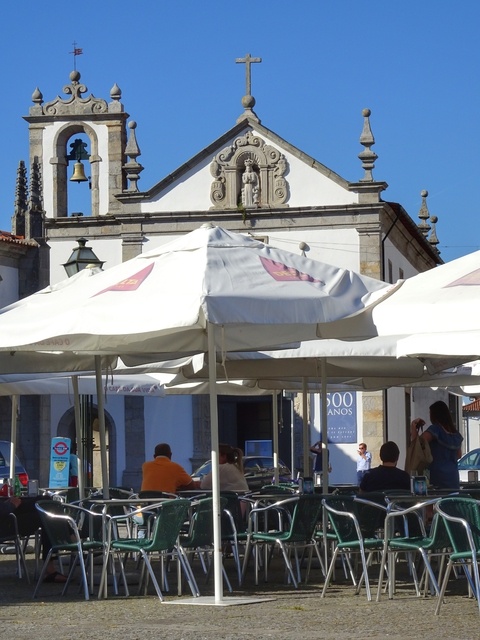
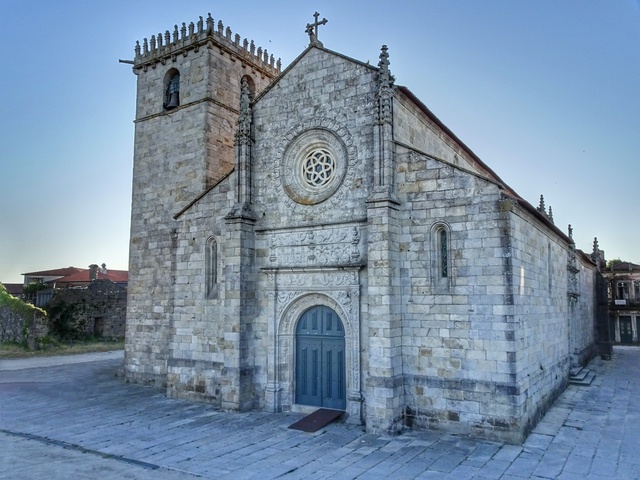
Caminha – A Guarda
31 May 2019
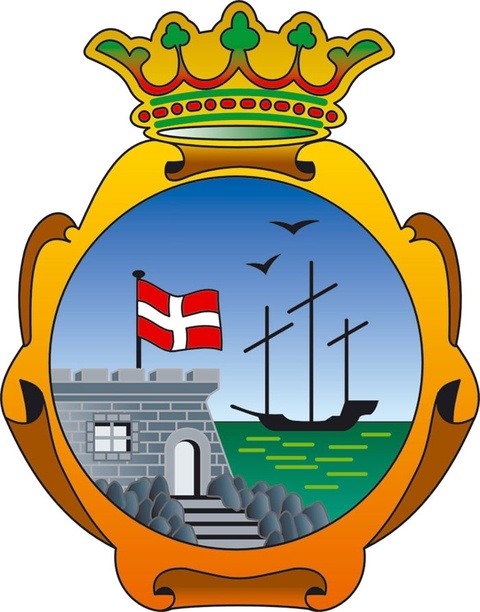
To get to Spain there is a ferry crossing the Minho but with very low tides departures are limited. We took the first one at 11.00 am and walked to A Guarda the longer way around via the Punta de Santa Terga on the Coastal Path boardwalk: 7.4 km, 1 hour 50 minutes.
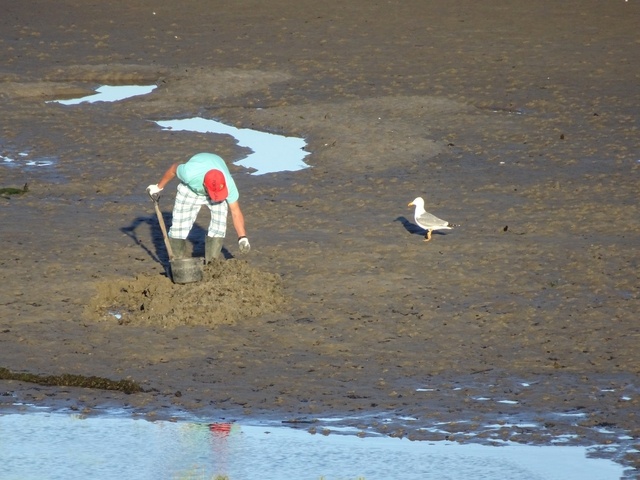
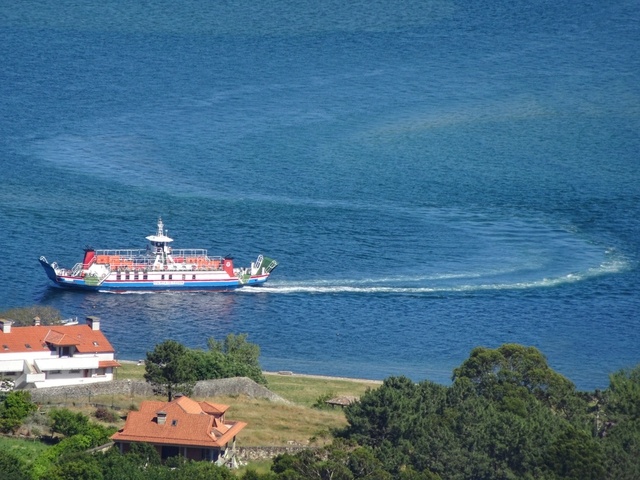
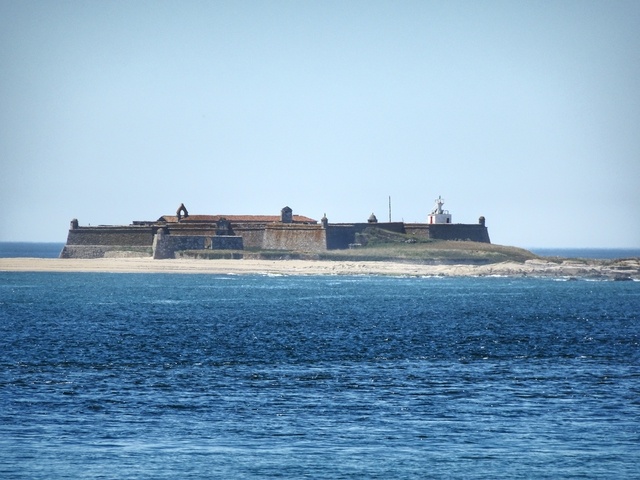

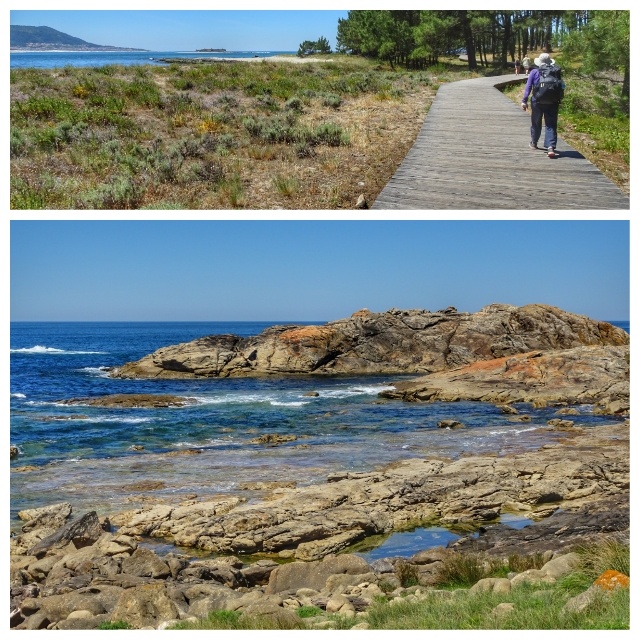
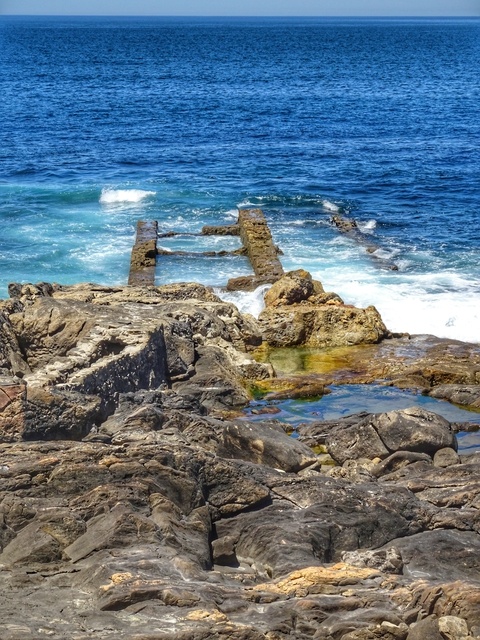
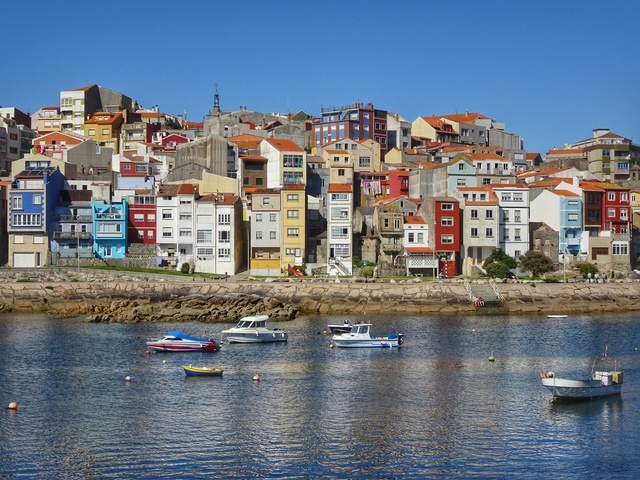
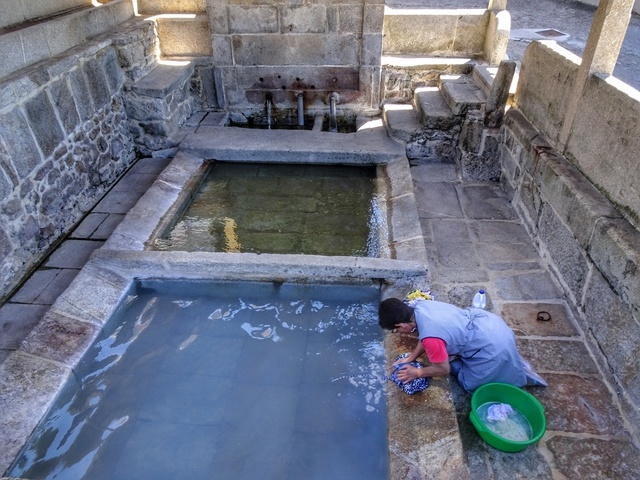

Fabulosa Galician Vermouth is particularly good (made from a Catalan recipe)
We walked up to Castro de Santa Terga a 5.9 km 1 hour 45 minutes round trip. Normally entrance is €1 but if you walk it’s free! This relatively recently discovered (1980s) pre-Roman archaeological site is on Mount Santa Trega about 250 meters above the sea. It overlooks the Atlantic on one side and the Minho River on the other.
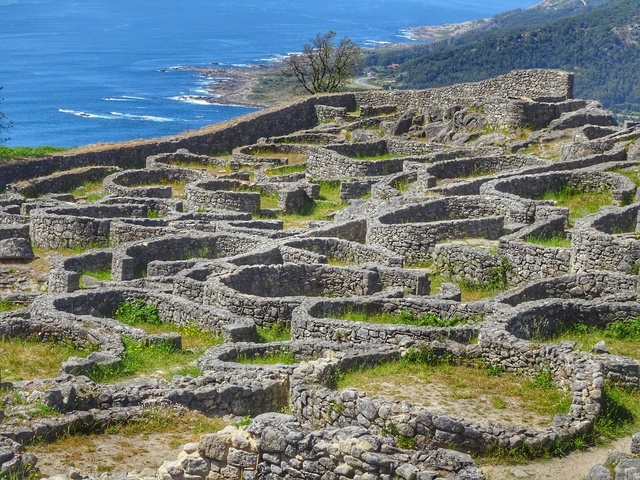
It was inhabited between 100 BC and 100 AD with a population of 3000+
